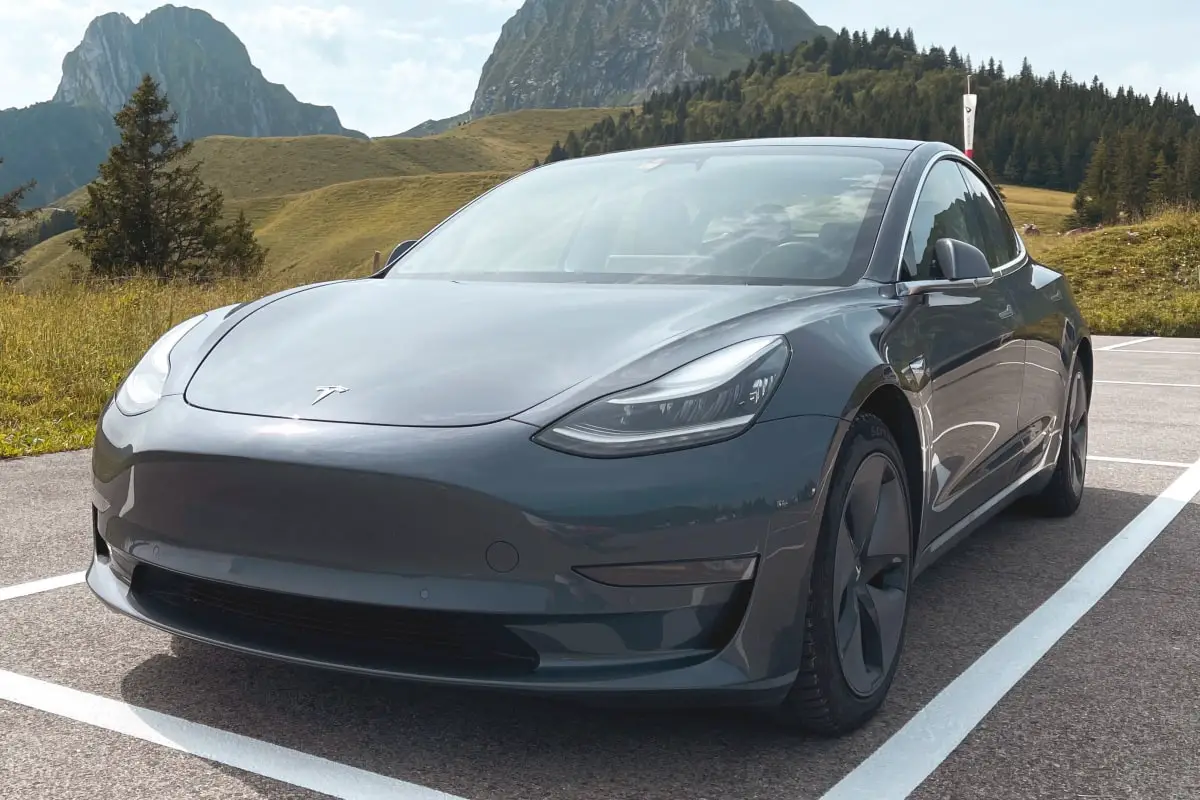The Tesla Model 3 will automatically shift into Park in certain conditions. In short, these are when the driver leaves the cabin or plugs the car in to charge.
Shifting into Park without the driver’s input prevents accidents caused by rolling away.
While it’s a crucial safety feature, some people use it for driver convenience. It shouldn’t be treated like that. You should always ensure your Model 3 is in Park before getting out.
This page will show you when a Model 3 automatically shifts to Park and what you should do when leaving your car.
Table of Contents
How to set a Tesla Model 3 to automatically shift to Park
The Tesla Model 3 should automatically switch to Park whenever you leave the driver’s seat. Two of the three features listed below have to be met.
In some situations, the car will shift into Park when just one of these conditions is met.
You must be traveling less than 1.5 mph to shift into Park (except in emergencies). The same applies to automatic Park selection.
- The driver’s seat belt is unclipped.
- The driver’s door is open.
- The car doesn’t register anyone sitting in the driver’s seat.
If the Model 3 has been plugged in for charging, Park will also automatically activate.
Should I leave my Model 3 to automatically shift into Park?
The Tesla Model 3 should automatically shift into Park. Should.
It’s a safety feature. It’s not there to make the driving experience easier or more convenient. You shouldn’t ever rely on the car to do this for you.
It’s your responsibility to ensure the Model 3 is in Park before you leave it.
In certain situations, the car might not activate Park. These could include:
- If the Model 3 is already rolling at over 1.5 mph (for example, if you park on a slope). This could also happen if the Creep stop mode is engaged.
- Sensor failures.
How do I manually activate Park in my Tesla Model 3?
Since you shouldn’t rely on the Model 3 to switch into Park automatically, you must do it yourself. This is a straightforward process.
- Bring your Model 3 to a stop using the brake pedal.
- Keeping the brake pedal depressed, press the Park (P) button.
- It’s on the end of the drive stalk.
- You’ll hear a whirr as the electronic parking brake (EPB) engages. This actuates the brake calipers on the rear wheels, holding them stationary.
If you need to stop in an emergency, you must press and hold the Park button for a few seconds. Only do this as a last-ditch option in the unlikely case your hydraulic brakes suffer catastrophic failure. It overrides the standard protocols and engages the rear brakes using the electronic parking brake. Keep focused, maintain control, and pull the Model 3 off to the side of the road as you slow down.
How Park stops the wheels moving in a Tesla
The Tesla Model 3 – and all Teslas, in fact – doesn’t have a Park gear like a traditional automatic transmission. In fact, they don’t have any shiftable gears. They use a 1-speed transmission.
The drive mode works as follows.
- There are two electric motors. One drives the rear wheels (always active) while the other drives the front wheels (occasionally activated).
- The batteries send current to the motors. They then create rotational movement, which turns the wheels. This is how the Drive mode works.
- When you select Reverse, the polarity to the rear motor is reversed. That means it spins in the other direction, allowing you to drive backward.
- When you (or the car) select Park, the drive system is completely disengaged. The electronic parking brake activates. That’s what holds the car in place.
In this way, the Park (P) mode is more like a manual transmission’s handbrake.
See the owner’s manual PDF for more information about the Model 3’s automatic Park mode.
